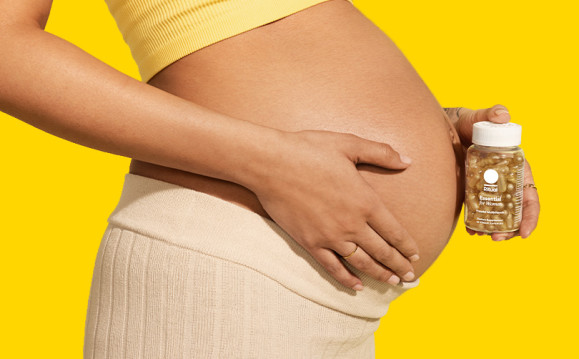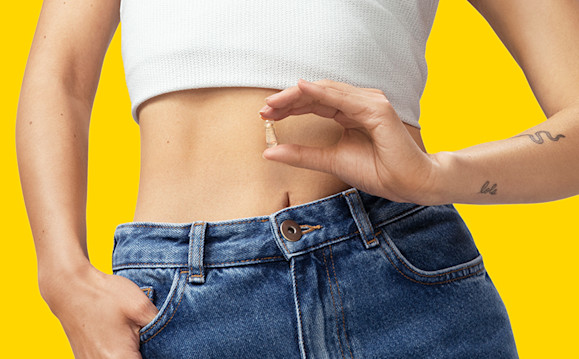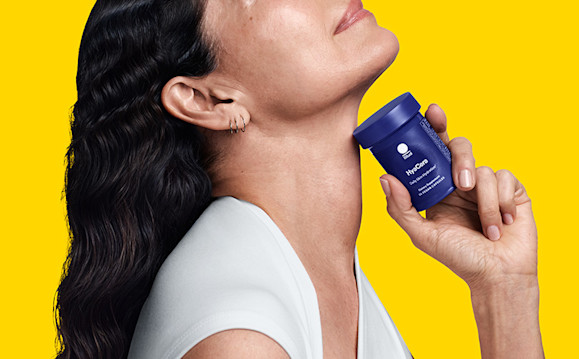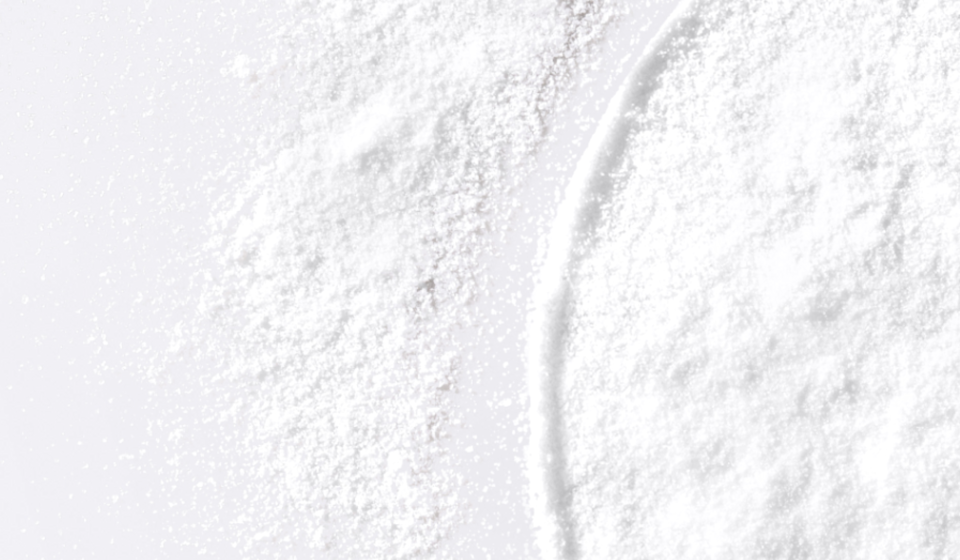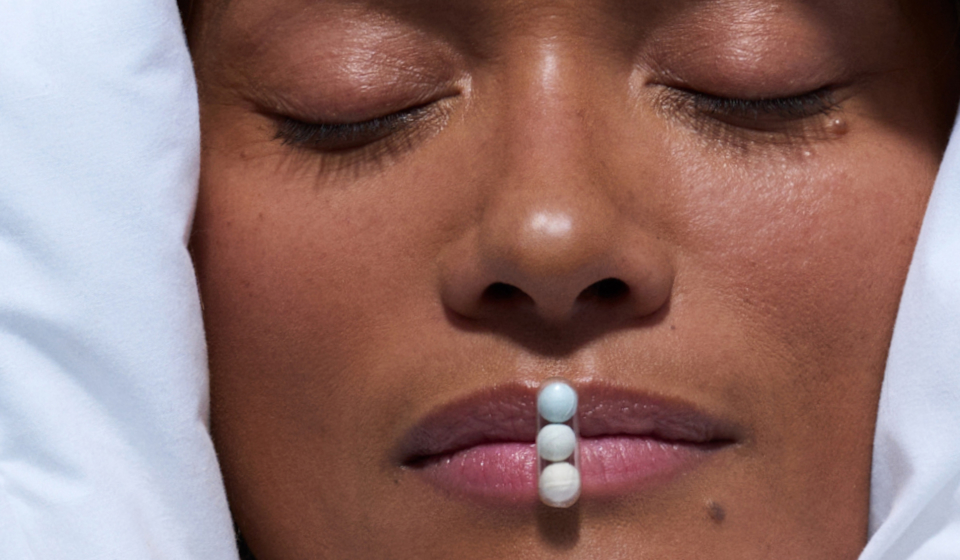Essential Takeaways
• The circadian rhythm, also known as the sleep-wake cycle, is a 24-hour biological cycle that reacts to sunlight and darkness, signaling to us when to sleep and when to wake.
• Melatonin is a hormone that plays a key role in maintaining our circadian rhythm, with higher levels released as it gets dark, to facilitate greater sleep in the body.
Have you ever wondered how your body knows that it’s time to go to sleep? Or why, even if you have big plans to dance the night away, your sleep-wake cycle isn’t always in your control? Our circadian rhythm is a 24-hour biological cycle that controls bodily functions like sleep, body temperature, and hormonal changes that occur throughout the day and night, based on sunlight or darkness.
How Do Circadian Rhythms Work?
The circadian rhythm is regulated by melatonin, a hormone produced by the pineal gland in the brain. (4) Activated by darkness, melatonin helps signal to the body that it’s time to wind down and sleep. This means that it can be interrupted by certain things in our environment like bright light, smartphone or TV screens, or lightbulbs. (5) When our circadian rhythm is off, we can experience symptoms like extreme sleepiness and fatigue during the day, decreased alertness, problems with memory and decision-making, and more. (6)






